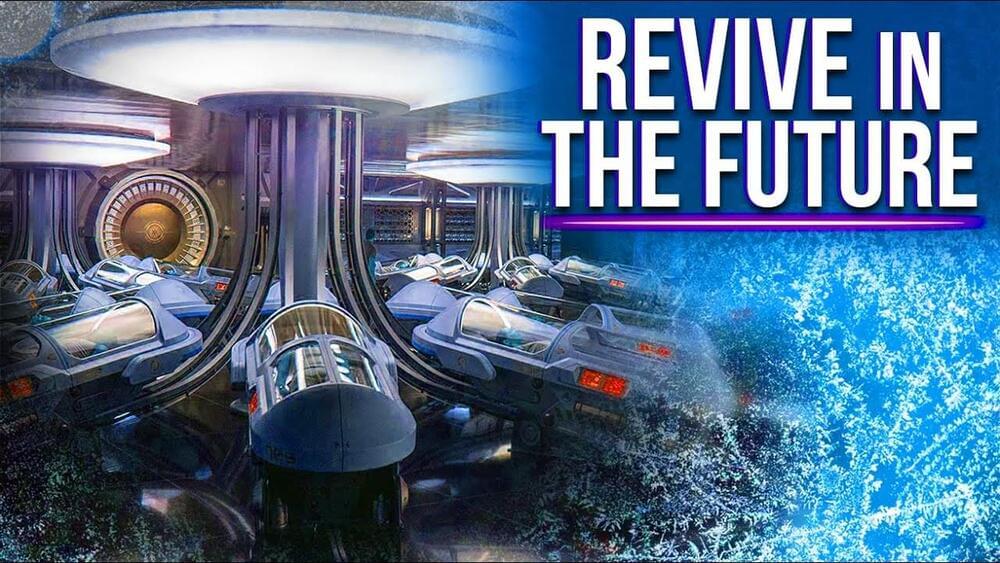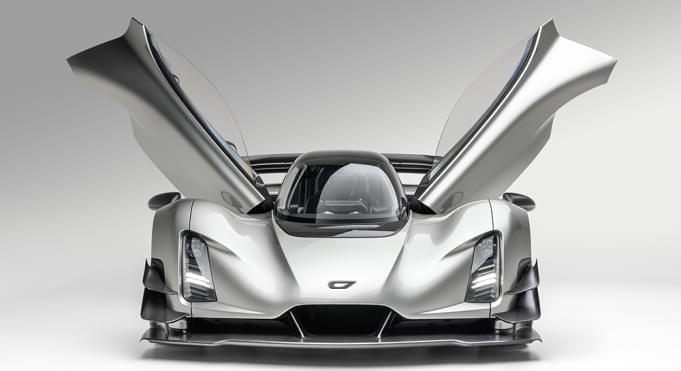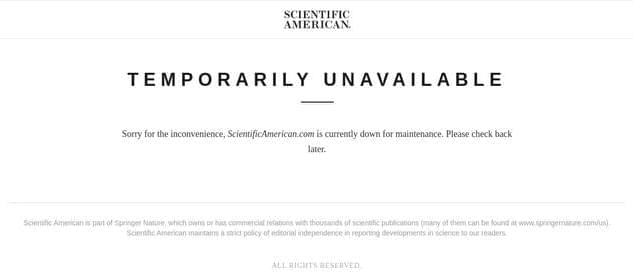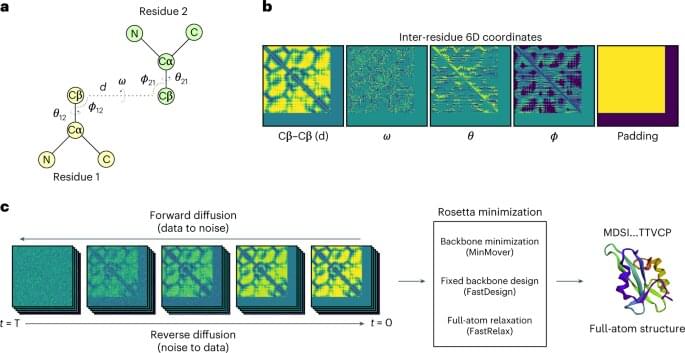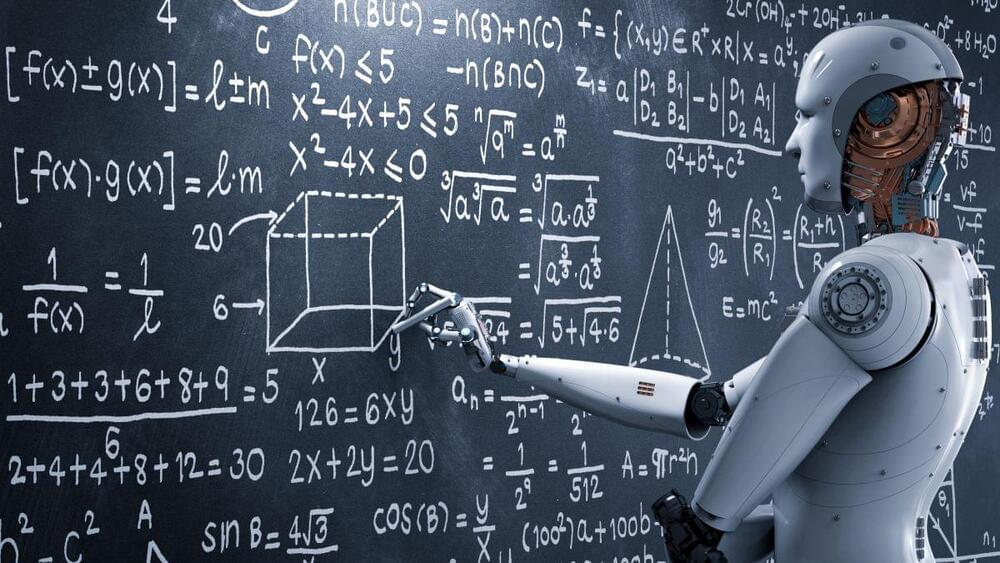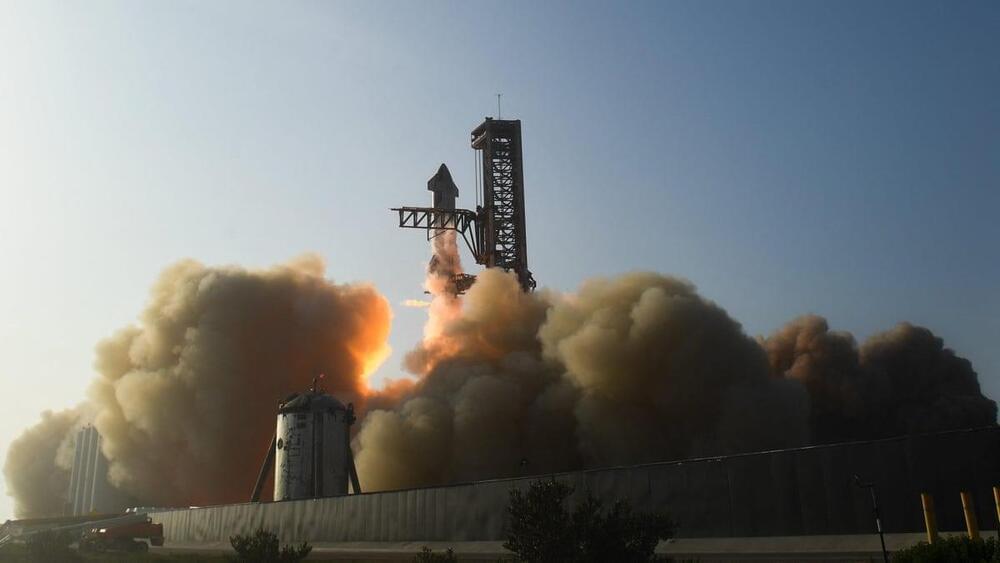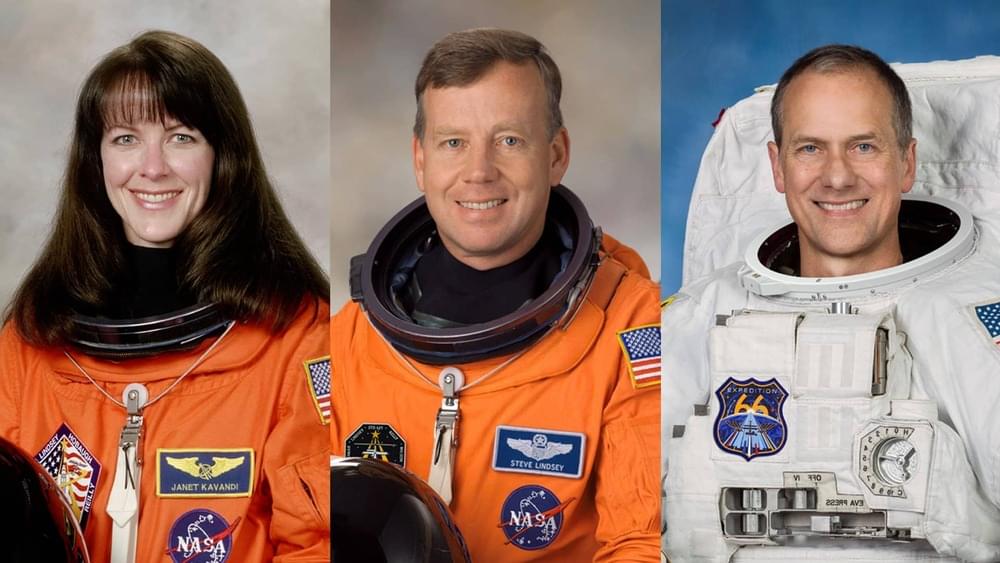Commercial Purposes ► [email protected].
Our New Website ► https://insanecuriosity.com/
One of the most critical problems for space travel is the enormous distances at which objects are found. In the solar system alone, the planets are so far away that going from one to another would take several years or even decades while going to the closest stars would take centuries or thousands of years.
A human being cannot carry out such a long journey since we do not live that long, so a possible solution to this problem is cryogenic sleep or induced hibernation.
This is a method in which we could put astronauts into an artificial coma, putting them in capsules or chambers where they would remain asleep for decades or even centuries and then wake up until they reached their destination.
How possible is it to do this for modern science? Is there cryogenic sleep for space travel?
Let’s find out!
Cryogenic sleep.
Cryogenic sleep can be considered a kind of artificially induced human hibernation. Various animals can lower their metabolism in nature by lowering their body temperature. In this state of biostasis, they can spend months on limited food and water.
Examples of cryogenic preservation.
Although it sounds hard to believe, some companies are dedicated to preserving frozen human bodies to revive them in the future.
Advantages and disadvantages.
Let’s start with the advantages; first of all, astronauts could travel for months or years without feeling the passage of time in their bodies. Mental health is problematic when you spend so much time coping with other individuals in a confined space.
Die to be reborn.
